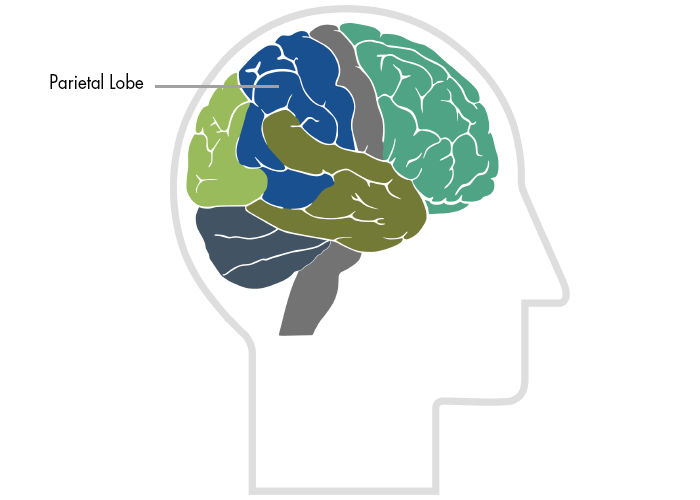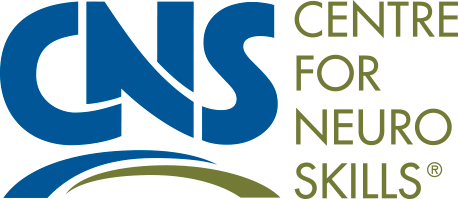Parietal Lobes
 The parietal lobes can be divided into two functional regions. One involves sensation and perception and the other is concerned with integrating sensory input, primarily with the visual system. The first function integrates sensory information to form a single perception (cognition). The second function constructs a spatial coordinate system to represent the world around us. Individuals with damage to the parietal lobes often show striking deficits, such as abnormalities in body image and spatial relations (Kandel, Schwartz & Jessel, 1991).
The parietal lobes can be divided into two functional regions. One involves sensation and perception and the other is concerned with integrating sensory input, primarily with the visual system. The first function integrates sensory information to form a single perception (cognition). The second function constructs a spatial coordinate system to represent the world around us. Individuals with damage to the parietal lobes often show striking deficits, such as abnormalities in body image and spatial relations (Kandel, Schwartz & Jessel, 1991).
Damage to the left parietal lobe can result in what is called "Gerstmann's Syndrome." It includes right-left confusion, difficulty with writing (agraphia) and difficulty with mathematics (acalculia). It can also produce disorders of language (aphasia) and the inability to perceive objects normally (agnosia).
Damage to the right parietal lobe can result in neglecting part of the body or space (contralateral neglect), which can impair many self-care skills such as dressing and washing. Right side damage can also cause difficulty in making things (constructional apraxia), denial of deficits (anosagnosia) and drawing ability.
Bi-lateral damage (large lesions to both sides) can cause "Balint's Syndrome," a visual attention and motor syndrome. This is characterized by the inability to voluntarily control the gaze (ocular apraxia), inability to integrate components of a visual scene (simultanagnosia), and the inability to accurately reach for an object with visual guidance (optic ataxia) (Westmoreland et al., 1994).
Special deficits (primarily to memory and personality) can occur if there is damage to the area between the parietal and temporal lobes.
Left parietal-temporal lesions can affect verbal memory and the ability to recall strings of digits (Warrington & Weiskrantz, 1977). The right parietal-temporal lobe is concerned with non-verbal memory.
Right parietal-temporal lesions can produce significant changes in personality.
Some common tests for parietal lobe function are: Kimura Box Test (apraxia) and the Two-Point Discrimination Test (somatosensory).
References:
Kandel, J., Schwartz, J., & Jessell, T. Principles of Neural Science. 3rd edition. Elsevier. New York: NY, 1991.
Kimura, D. (1977). Acquisition of motor skill after left hemisphere damage. Brain, 100:527-542.
Warrington, E., & Weiskrantz, L. An analysis of short-term and long-term memory defects in man. In J.A. Deutsch, ed. The Physiological Basis of Memory. New York: Academic Press, 1973.
Westmoreland et al. Medical Neurosciences: An Approach to Anatomy, Pathology, and Physiology by Systems and Levels. Little, Brown and Company. New York: NY, 1994.

